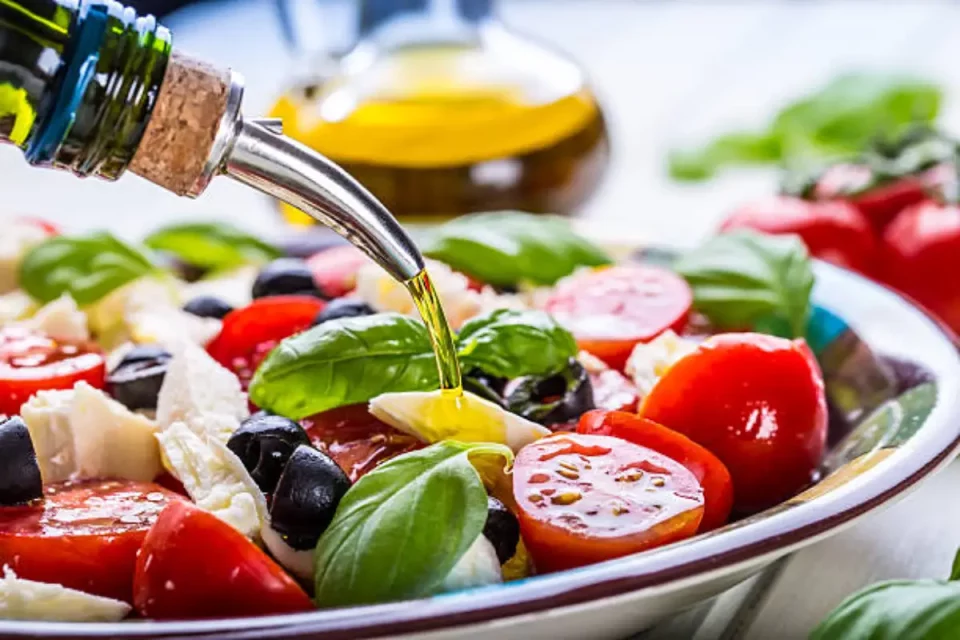Everybody loves Italian food. It’s one of the most popular cuisines in the world. When we think of Italian food, we generally imagine, pizza, vodka pasta, and tiramisu.
However, Italian cuisine is much more than this and is considered one of the healthiest diets in the world.
It’s a balanced diet that is heavy on vegetables like salads, low in animal protein, and high on balance. The cuisine relies on local and fresh ingredients that are at their nutritional peak.
In this article, we will explore the cuisine and help you understand what makes it so healthy.
The key components of the Italian diet
What sets the Italian diet apart is its simplicity, fresh ingredients, and balanced nutrition.
A typical Italian meal is a feast of colorful fruits and vegetables such as salads, tomatoes, zucchini, eggplants, and citrus fruits.
Whole grains, including farro and barley, are also integral to this diet, lending to its high fiber content and overall nutritional richness.
Italian cuisine also heavily features legumes and lean proteins. Beans, lentils, and chickpeas are a key part of their diet, contributing substantial amounts of protein and fiber.
Seafood, chicken, and eggs are preferred sources of protein in Italy due to their low fat content and high nutritional value.
An important part of the Italian diet is the abundant use of healthy fats, with olive oil playing a starring role.
Italians generously drizzle olive oil over their dishes, adding not just flavor but also heart-healthy benefits.
Nuts, including almonds, walnuts, and pistachios, are also widely enjoyed as a tasty and nutritious snack.
Why it’s so healthy?
After reading the last section and understanding the typical ingredients in the Italian diet, it becomes clear that it is also very healthy.
Rich in vegetables, fruits, whole grains, and lean proteins, these ingredients have been linked to a multitude of health benefits.
Foods like olive oil, fish, and a little bit of red wine play a crucial role. Olive oil is rich in monounsaturated fats, known to decline levels of ‘bad’ cholesterol and increase ‘good’ cholesterol.
Fish is a resource of omega-3 fatty acids that are renowned for their heart-healthy effects.
How to implement the Italian diet?
Bringing the Italian diet into your daily life can be easier than you think. It doesn’t require fancy or hard-to-find ingredients. It’s all about selecting fresh, wholesome foods, and embracing the Italian approach to eating.
When shopping for groceries, focus on fresh fruits and vegetables, whole grains, legumes, lean proteins, and healthy fats like olive oil and nuts.
Opt for seasonal produce whenever possible since fresh produce will maximize nutritional value and flavor.
Meal planning is also essential. Aim to have a balanced plate at every meal, featuring a mix of the key food groups.
A simple pasta dish tossed with plenty of fresh vegetables, some grilled fish, and a drizzle of olive oil is a great example of an Italian-style meal.
It’s also important to remember that eating in Italy is a social activity. Try to slow down, savor each bite, and enjoy your meals with family or friends whenever possible.

